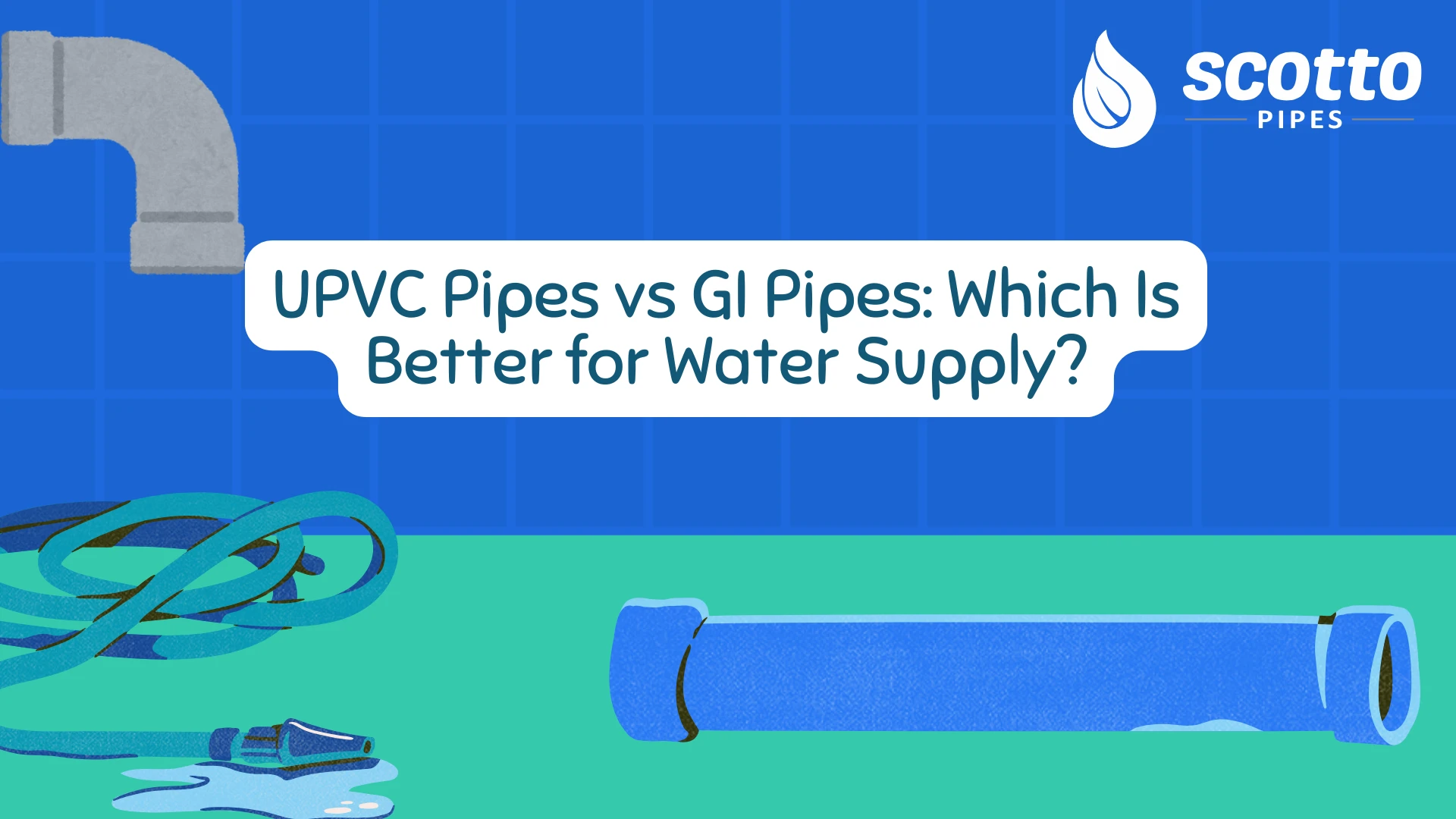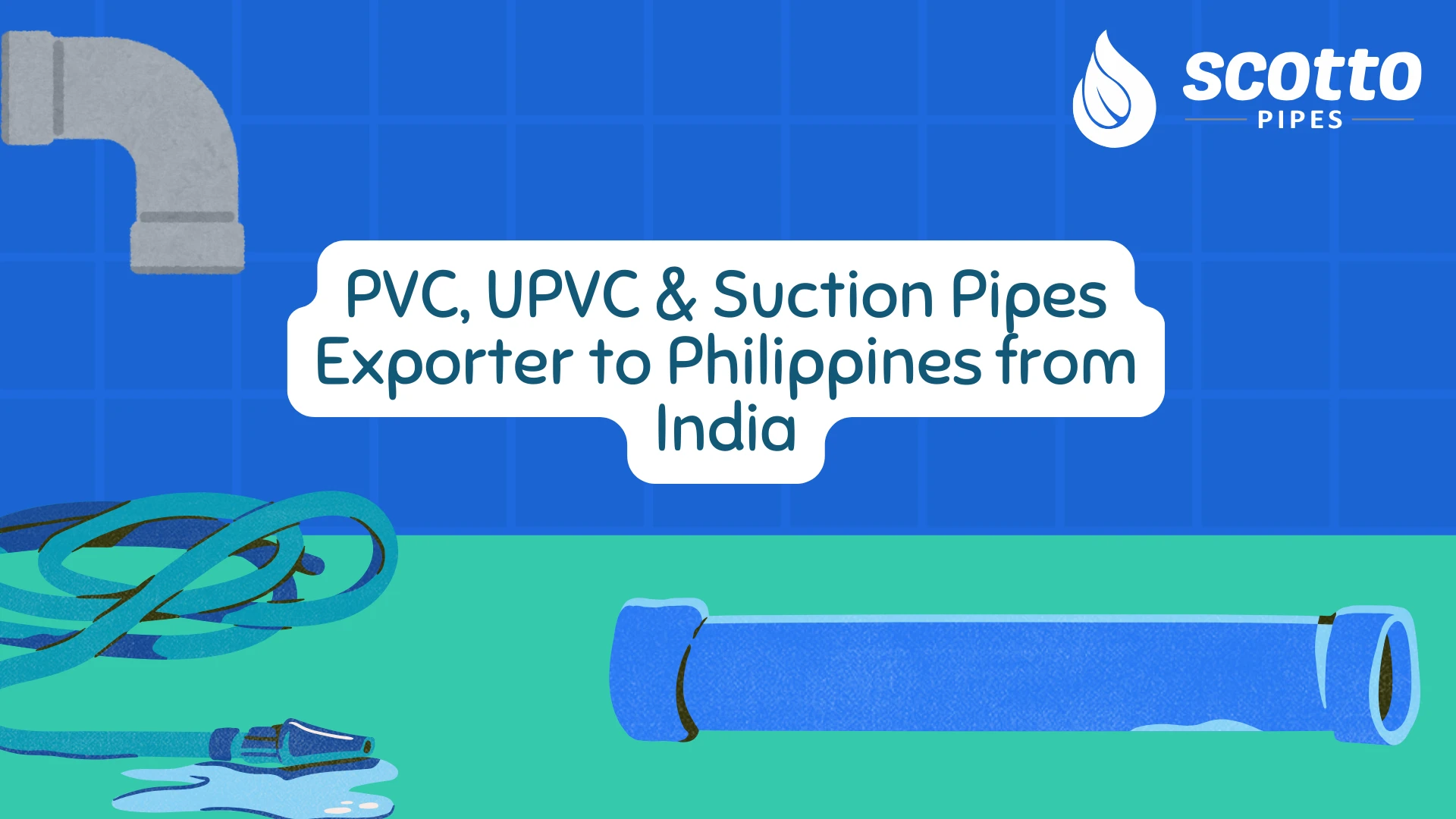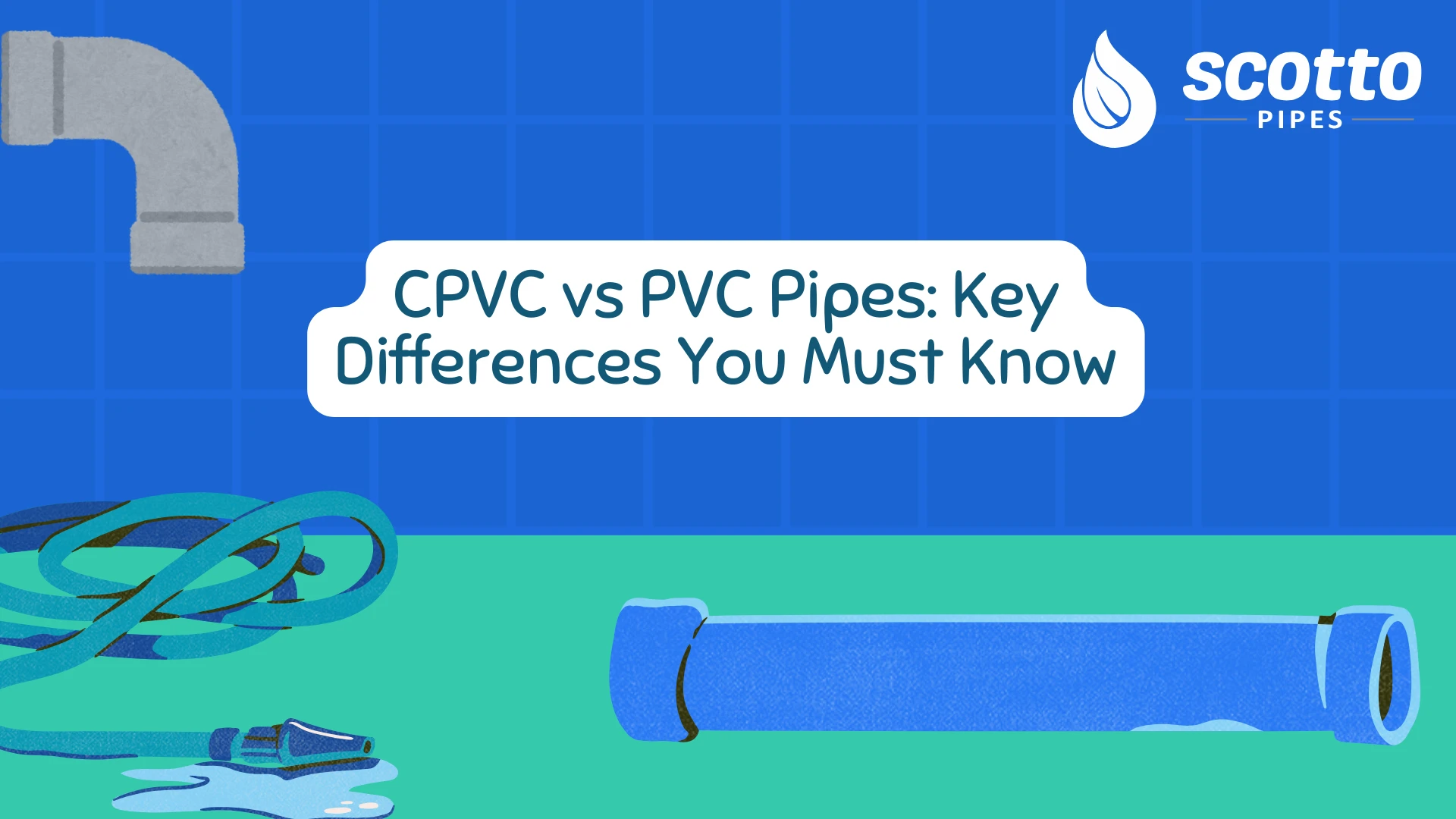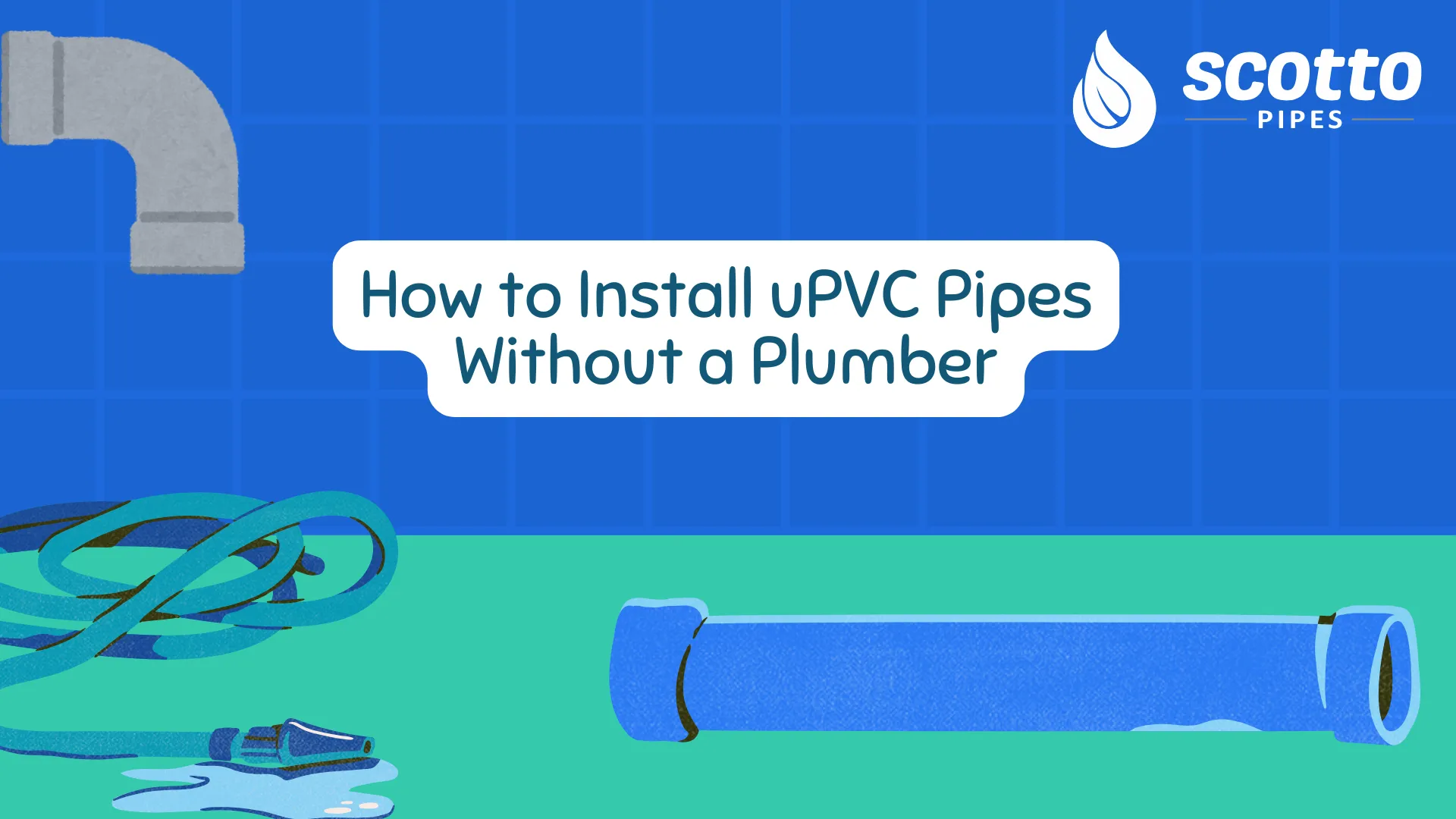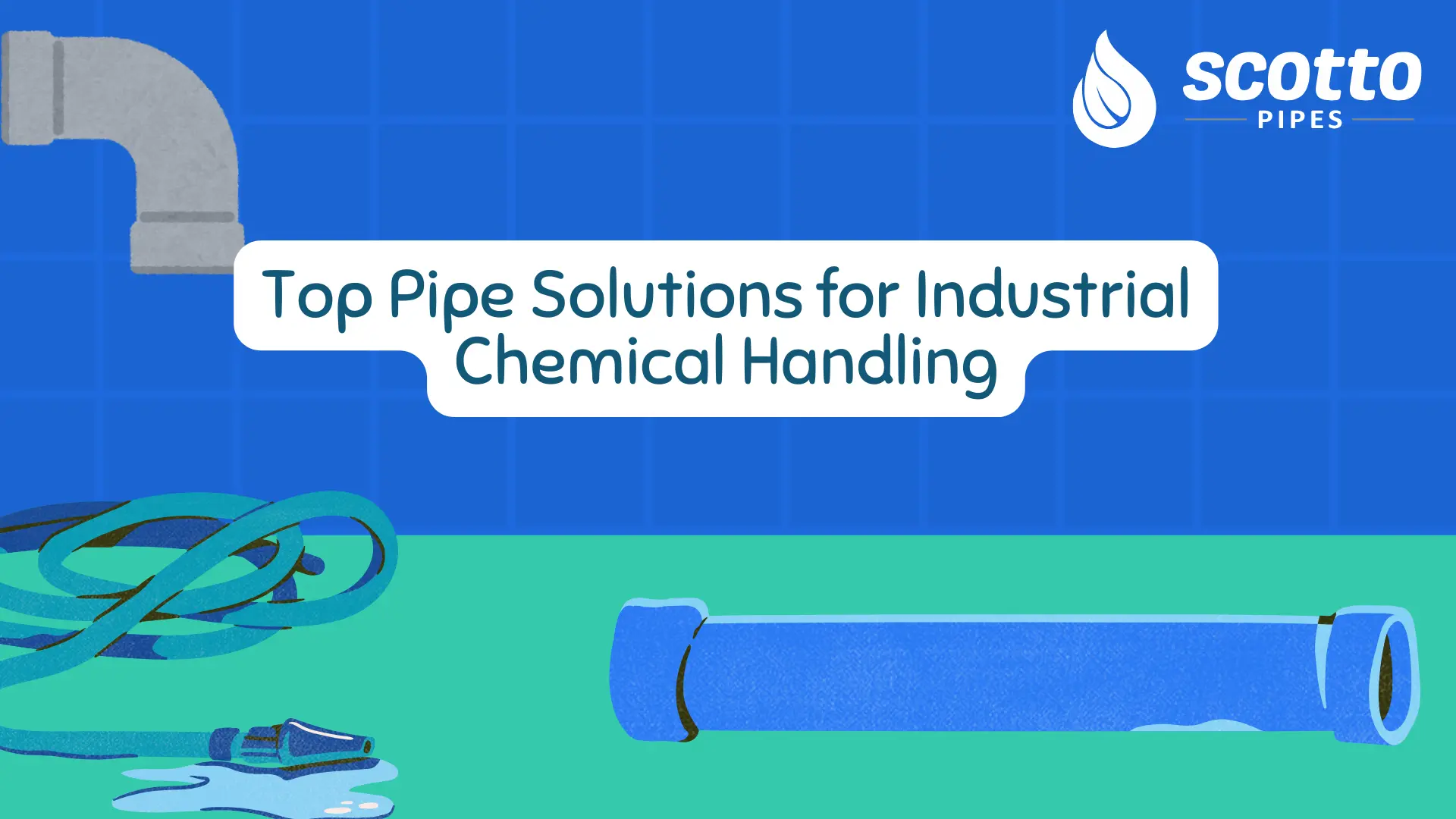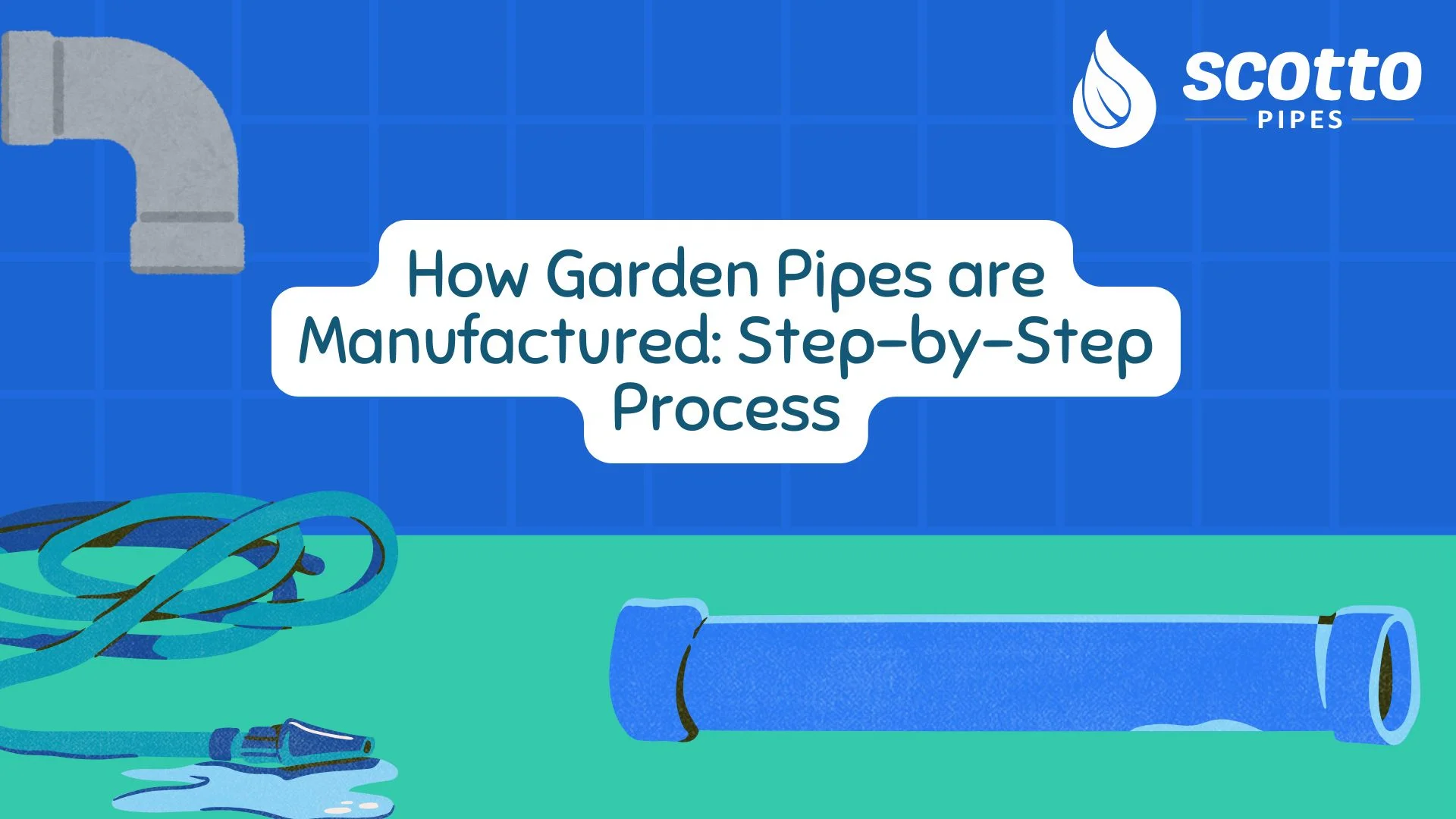
Introduction
In every household, agricultural field, garden, landscaping project, and even light industrial setups, there is always a growing demand for hose pipes. Whether you’re watering the lawn, cleaning driveways, or setting up a small irrigation system, garden pipes, especially PVC garden hose pipes, are an essential tool. Known for being lightweight, flexible, and durable, these garden PVC pipes have become a go-to solution across varied applications.
In this blog, we will walk you through the step-by-step manufacturing process of PVC garden hose pipes, highlighting the materials, technologies, and the stringent quality control methods involved in their production.
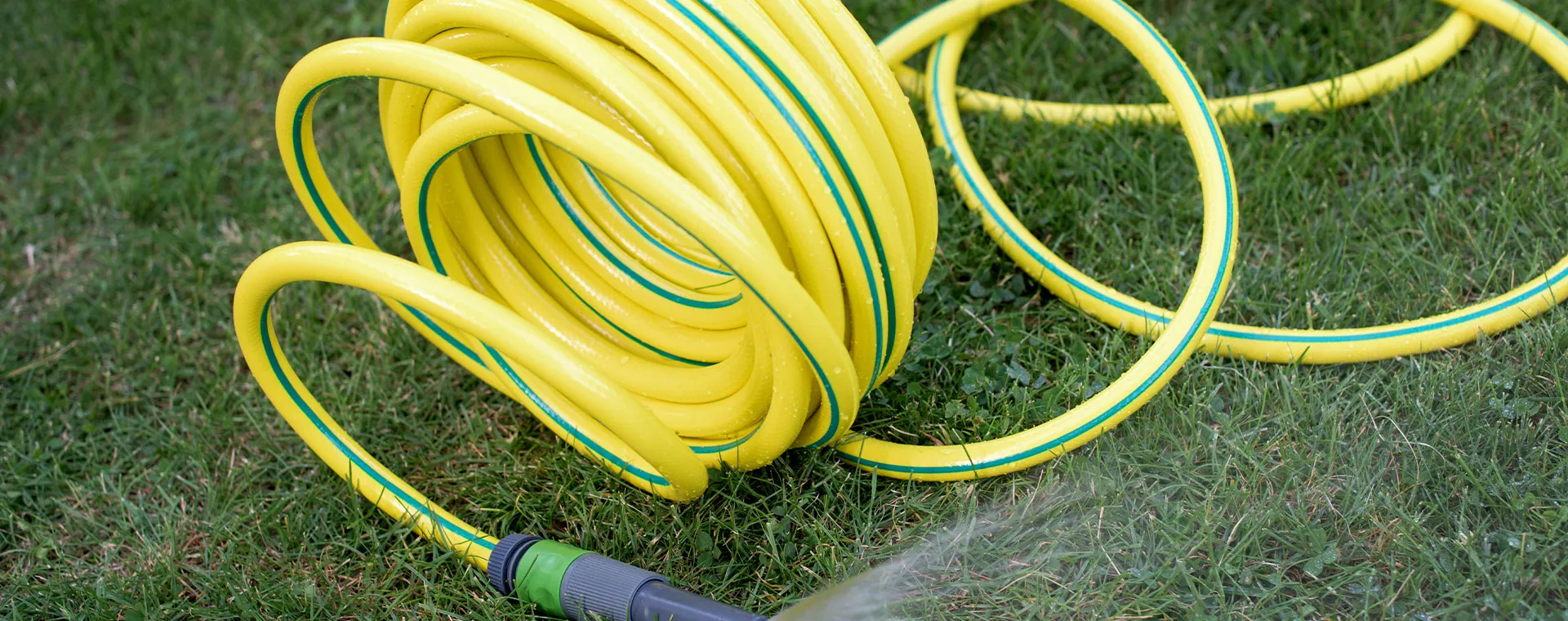
Garden Pipes Manufacturing: Step-by-Step Process
- Selection of High-Quality Raw Materials
- Extrusion: Shaping the Pipe
- Cooling and Sizing
- Reinforcement Layer (For Heavy-Duty Hoses)
- Surface Printing and Branding
- Quality Testing and Inspection
- Cutting, Coiling, and Packaging
1. Selection of High-Quality Raw Materials
Every long-lasting water pipe for garden use starts with top-grade materials. The base polymer is polyvinyl chloride (PVC), chosen for its excellent balance of strength and flexibility. On its own, PVC is rigid, but with the addition of plasticizers, stabilizers, and pigments, it becomes perfect for crafting a flexible hose pipe that can withstand high pressure, extreme temperatures, and sunlight exposure.
Uniform blending ensures that each garden hose pipe performs reliably, whether it's used for light domestic watering or agricultural irrigation.
2. Extrusion: Shaping the Pipe
The mixed PVC compound is sent into an extrusion machine, where it’s heated and passed through a die to form the circular shape of the water hose pipe. Here, the diameter, wall thickness, and texture are determined. These features influence the handling characteristics of the garden pipes, ensuring they remain easy to roll, store, and use.
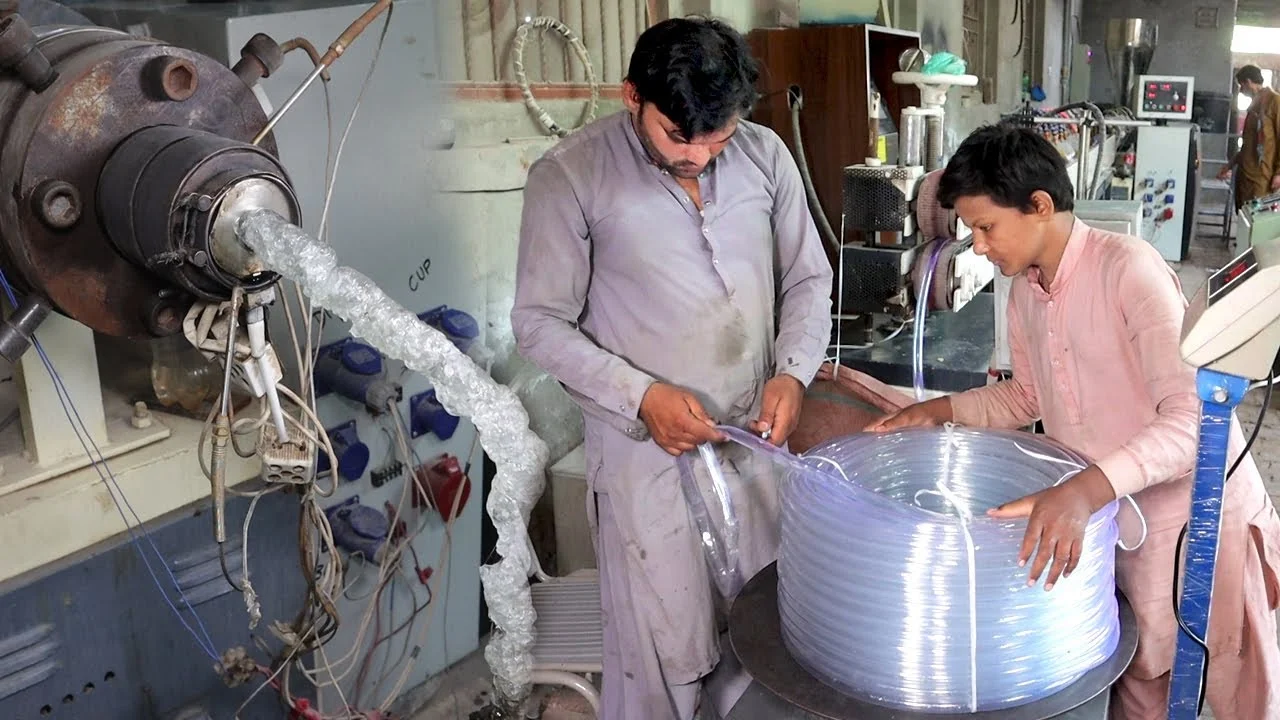
The flexibility and pressure-resistance of the garden PVC pipe at this stage help define its performance across various usage scenarios from delicate backyard watering to more demanding farm applications.
3. Cooling and Sizing
The extruded pipe is hot and soft as it exits the die. It's immediately cooled in a water bath and passed through a vacuum calibration system to set its final shape and dimensions. This step is vital for maintaining consistency and preparing the hose for any reinforcement.
Whether you're creating a flexible hose pipe for household use or a heavy-duty water pipe for garden irrigation, proper cooling guarantees a smooth outer surface and dimensional stability.
4. Reinforcement Layer (For Heavy-Duty Hoses)
For high-pressure or industrial uses, reinforcement is key. A braided or knitted polyester layer is added using a circular weaving machine. This middle layer is then covered with another extrusion of PVC, creating a multi-layered, robust garden hose pipe.
These hose pipes are especially suited for agricultural needs, construction sites, or commercial gardens where durability and kink-resistance are crucial.
5. Surface Printing and Branding
To add product information and improve brand visibility, the surface of the garden pipes is printed with essential details like:
-
Brand name
-
Size and length
-
Pressure ratings
-
Manufacturing batch
-
Certifications
This step is not just for branding, it’s crucial for traceability and compliance with quality standards.
6. Quality Testing and Inspection
No water hose pipe is dispatched without rigorous testing. Each batch undergoes:
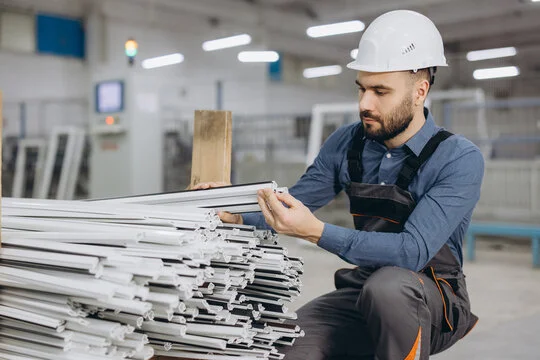
-
Hydrostatic Pressure Testing
-
Bend Radius Testing
-
UV Aging Resistance
-
Leak and Crack Inspection
Only those garden PVC pipes that pass all these parameters make it to packaging and dispatch. This ensures a garden hose pipe that’s built to last, even in the harshest conditions.
7. Cutting, Coiling, and Packaging
After testing, hoses are cut to standard lengths like 15m, 30m, or 50m. Using automatic coiling machines, they are wound neatly for easy storage and display. Packaging is done through:
-
Shrink-wrapping with branding
-
Reels for retail shelves
-
Cartons for bulk supply
Each hose pipe is packaged to protect it during transport and to ensure that customers receive it in pristine condition.
Looking for High-Quality Garden Hose Pipes?
Choose Scotto Pipes, a renowned manufacturer and exporter of premium-grade PVC garden hose pipes. Whether you're looking for a flexible hose pipe for backyard gardening or a heavy-duty water hose pipe for commercial agriculture, Scotto Pipes offers a wide range of options.
With eco-conscious practices, advanced machinery, and global distribution, Scotto Pipes is a trusted name in the garden pipe industry.
Conclusion
The production of PVC garden hose pipes is a finely tuned process involving precise material selection, modern technology, and rigorous quality control. From raw materials to packaging, each step contributes to a high-performance water pipe for garden use.
Whether you’re a homeowner or a farmer, understanding this journey helps you appreciate the durability, convenience, and innovation behind every garden hose pipe.


